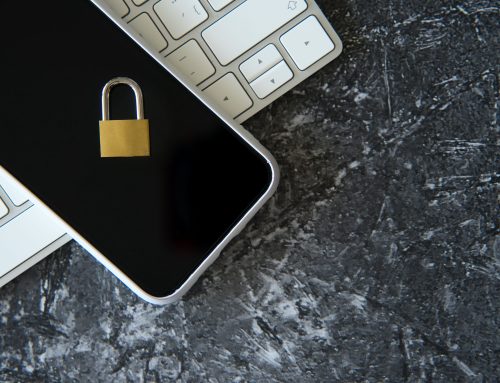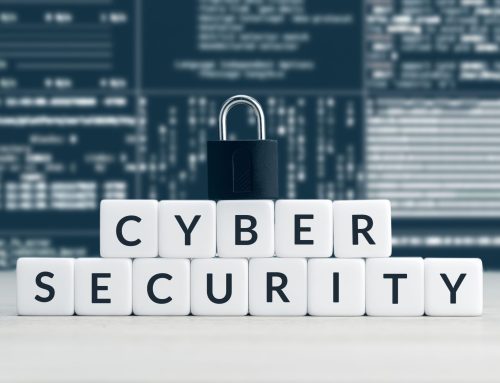In today’s digital age, email has become an integral part of our daily lives, serving as a primary means of communication for both personal and professional matters. However, amidst the convenience and efficiency of email communication, there lies a persistent threat: phishing attacks. Phishing emails are deceptive messages designed to trick recipients into sharing sensitive information, such as passwords, financial data, or personal details. In this blog post, we’ll explore how you can identify and avoid falling victim to phishing emails, safeguarding your online security and peace of mind.
Be Skeptical of Unsolicited Emails: Phishing emails often masquerade as legitimate messages from trusted entities, such as banks, government agencies, or popular online services. Exercise caution when receiving unsolicited emails, especially if they request sensitive information or urge you to take urgent action.
Check the Sender’s Email Address: One of the telltale signs of a phishing email is an unfamiliar or suspicious sender’s email address. Before clicking on any links or providing any information, verify the sender’s email address to ensure it matches the official domain of the purported sender. Be wary of misspelled or slightly altered email addresses, as these are common tactics used by phishers to deceive recipients.
Look for Red Flags: Phishing emails often contain red flags that can help you identify them as fraudulent. These may include grammatical errors, spelling mistakes, or generic greetings such as “Dear Customer” instead of addressing you by name. Additionally, be cautious of emails that evoke a sense of urgency or pressure you to act quickly without proper verification.
Avoid Clicking on Suspicious Links: Phishing emails often contain malicious links disguised as legitimate URLs. Before clicking on any links embedded in an email, hover your mouse over them to preview the destination URL. If the URL looks suspicious or unfamiliar, refrain from clicking on it and delete the email immediately.
Verify Requests for Personal Information: Legitimate organizations will never ask you to provide sensitive information, such as passwords, account numbers, or Social Security numbers, via email. If you receive an email requesting such information, do not respond or provide any personal details. Instead, contact the organization directly using official contact information to verify the request’s authenticity.
Enable Spam Filters and Email Security Features: Take advantage of spam filters and email security features offered by your email provider or IT department. These tools can help identify and block suspicious emails before they reach your inbox, reducing the risk of falling victim to phishing attacks.
Educate Yourself and Stay Informed: Stay informed about the latest phishing trends and techniques by reading up on cybersecurity best practices. Familiarize yourself with common phishing tactics and share your knowledge with friends, family, and colleagues to help them recognize and avoid phishing scams.
By following these simple tips and remaining vigilant when checking your email, you can significantly reduce your risk of falling victim to phishing attacks. Remember, when it comes to protecting your online security, an ounce of prevention is worth a pound of cure.


